The language of flowers has whispered through weddings for centuries, with each petal and stem carrying hidden meanings that transcend mere decoration. From the bride's cascading bouquet to the groom's understated boutonniere, floral arrangements serve as silent narrators of love stories, cultural traditions, and personal symbolism. Understanding this botanical lexicon transforms wedding flowers from beautiful accents into profound emotional statements.
Bridal bouquets have evolved far beyond their medieval origins as aromatic herb bundles meant to ward off evil spirits. Today's brides select blooms that speak to their personalities and relationships. A peony-heavy bouquet doesn't merely offer lush visual appeal—it promises a happy marriage and compassion in Chinese tradition. English garden roses might reference Victorian flower meanings, where deep red varieties symbolized unconscious beauty. Modern brides increasingly incorporate meaningful wildflowers from significant locations, like the bluebonnets from a Texas proposal site or lavender sprigs from a Parisian getaway.
The groom's boutonniere serves as his floral signature, traditionally mirroring elements from the bridal bouquet to visually unite the couple. This small but significant floral piece often carries masculine symbolism—thistle for bravery in Scottish weddings, or wheat stalks suggesting prosperity in agrarian communities. Contemporary grooms experiment with unexpected textures, like succulents representing enduring love or cinnamon sticks adding spice and warmth to the visual narrative. The placement itself holds meaning, with the left lapel's proximity to the heart echoing romantic tradition.
Ceremony arrangements create living architecture that frames the couple's vows. Arches dripping with wisteria don't just provide a stunning backdrop—in the language of flowers, they welcome sensitive souls and celebrate devoted affection. Pew-end arrangements featuring ivy whisper promises of fidelity, while aisle petals (traditionally dropped by flower girls to protect the bride from evil spirits) now follow color-coded emotional journeys—perhaps transitioning from white lilies (purity) to deep burgundy dahlias (commitment) as they approach the altar.
Reception centerpieces continue the floral conversation where ceremony arrangements leave off. Tall glass vases overflowing with parrot tulips might encourage cheerful conversation among guests, while low clusters of gardenias on mirrored surfaces reflect the evening's elegance and secret love. Modern couples increasingly use table arrangements to honor family heritage—perhaps incorporating orange blossoms like a grandmother's 1950s bouquet or cherry blossoms representing ancestral ties to Japan. The head table often features more luxurious blooms, with orchids suggesting refined beauty or anemones representing anticipation for the shared future.
Cultural traditions weave through wedding florals with profound significance. Indian weddings traditionally incorporate marigold garlands representing the sun's purity, while Greek crowns of citrus blossoms promise fertility. Jewish chuppah designs might include myrtle branches symbolizing love and marriage in the Song of Songs. Even flower colors carry specific meanings across cultures—while Western brides might avoid white in certain contexts, Chinese brides embrace it as the color of purity and mourning simultaneously, creating layered symbolism.
Seasonal availability once dictated wedding palettes, but modern shipping allows symbolic flowers to appear year-round. Winter weddings now feature summer roses (love) alongside seasonal pine (hope), while autumn arrangements might pair fall foliage (change) with imported peonies (good fortune). This expanded floral vocabulary enables couples to prioritize meaning over meteorology, though many still enjoy incorporating local blooms as nods to their wedding's geographical roots.
Personal symbolism increasingly trumps traditional flower meanings in contemporary weddings. A bride might carry dahlias not for their Victorian association with dignity, but because they grew in her childhood garden. Grooms select their mothers' favorite flowers for buttonholes as living tributes. These intimate floral gestures create secret meanings woven through the day's botanical tapestry—known only to those who planted the emotional seeds.
Floral preservation techniques have transformed wedding flowers from ephemeral decorations into lasting heirlooms. Freeze-dried bouquets displayed in shadowboxes allow the peonies that meant "a happy marriage" to endure for generations. Pressed ceremony flowers become artwork containing their original symbolism—perhaps the myrtle from the chuppah framed alongside wedding photos. This physical permanence deepens the flowers' role as ongoing storytellers beyond their initial bloom.
The silent language of wedding floristry continues evolving as couples blend traditional meanings with personal symbolism. What remains constant is flowers' unparalleled ability to convey emotional nuance—where roses can whisper and chrysanthemums shout, where every petal placement carries intention, and where the careful curation of blossoms creates a fragrant dialect of love understood by all who witness its beauty.
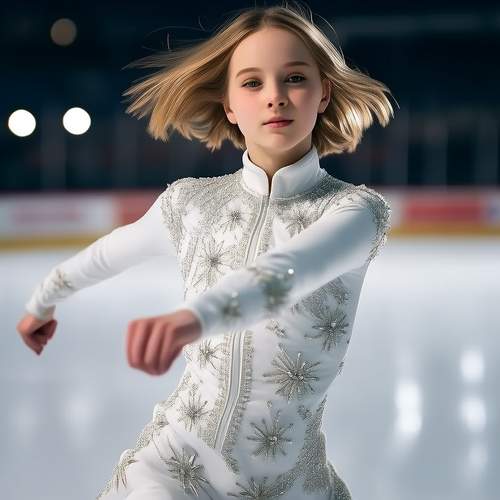
By /May 21, 2025
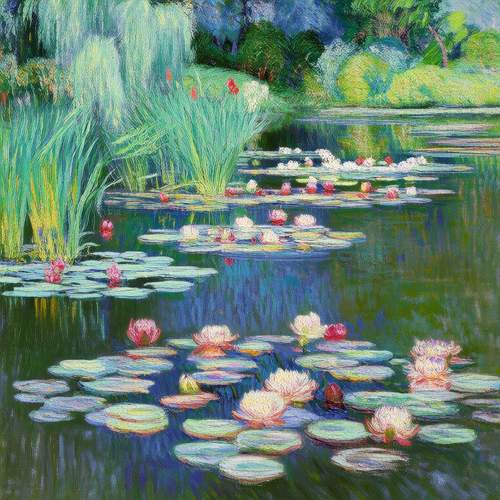
By /May 21, 2025
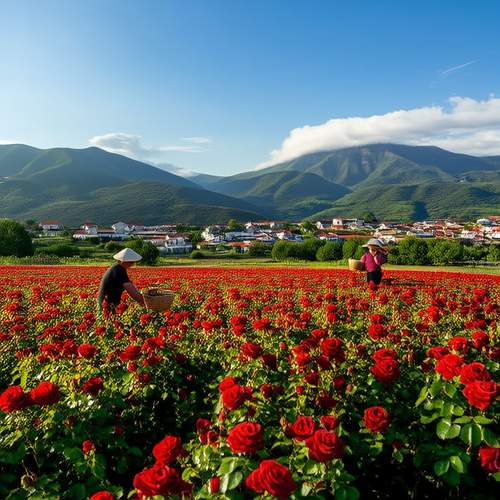
By /May 21, 2025
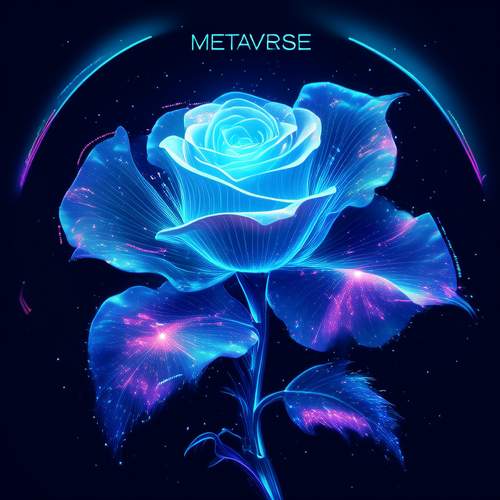
By /May 21, 2025
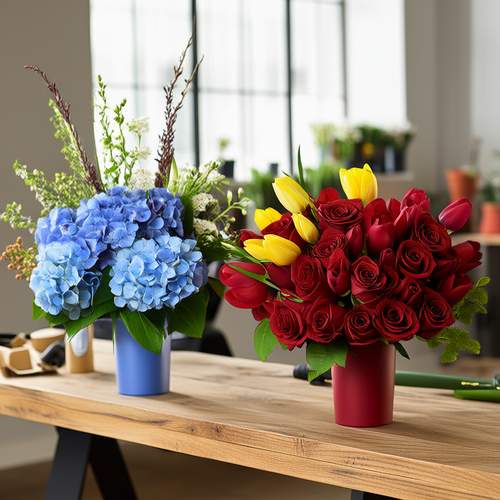
By /May 21, 2025
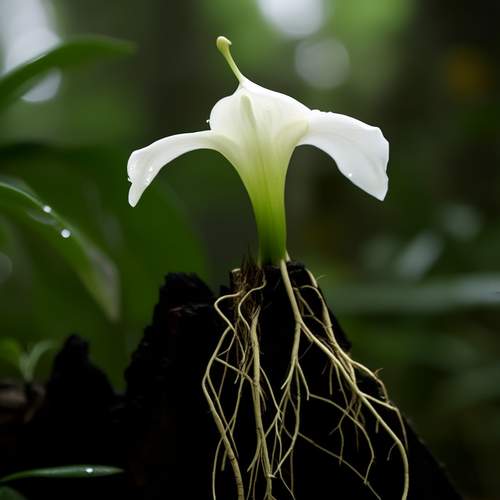
By /May 21, 2025
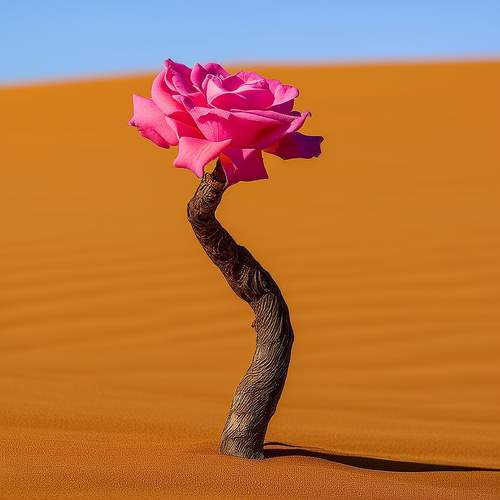
By /May 21, 2025
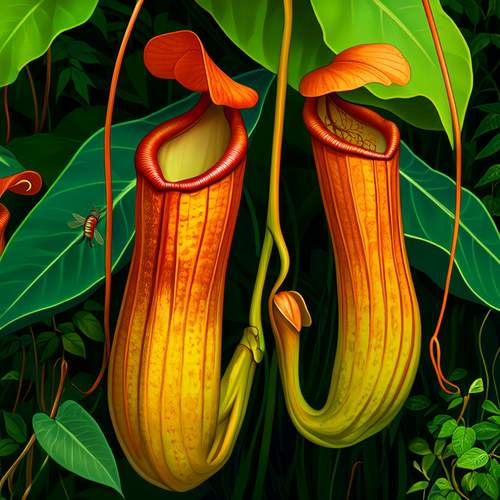
By /May 21, 2025
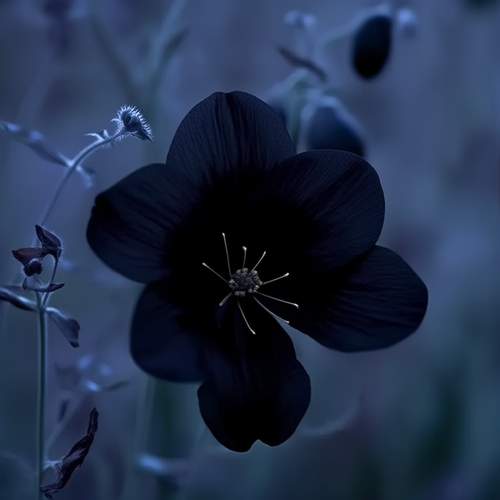
By /May 21, 2025
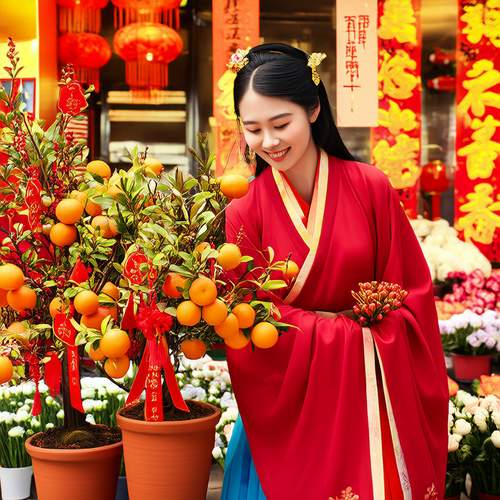
By /May 21, 2025

By /May 21, 2025
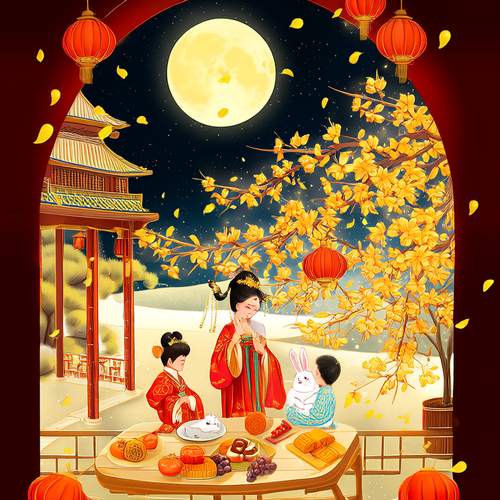
By /May 21, 2025

By /May 21, 2025
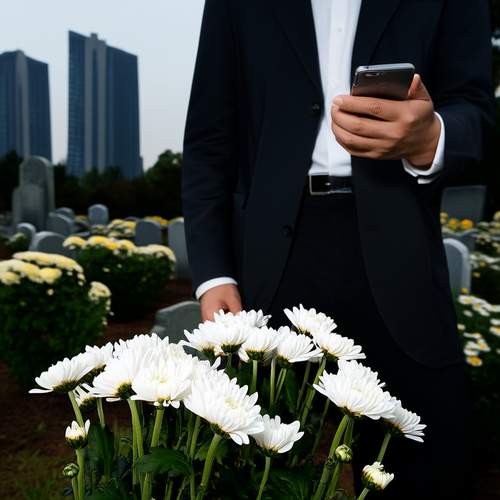
By /May 21, 2025
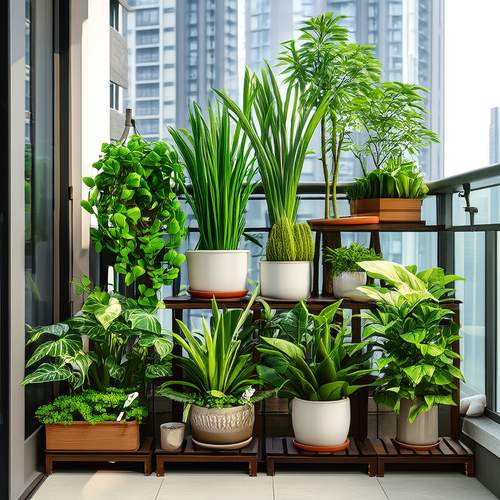
By /May 21, 2025
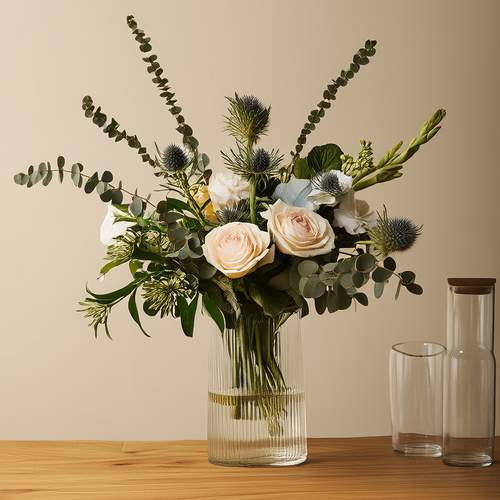
By /May 21, 2025
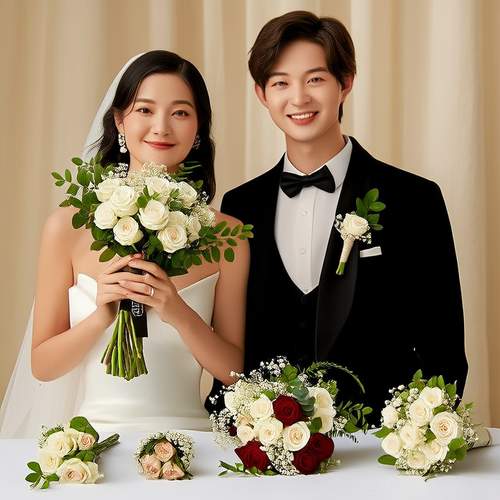
By /May 21, 2025
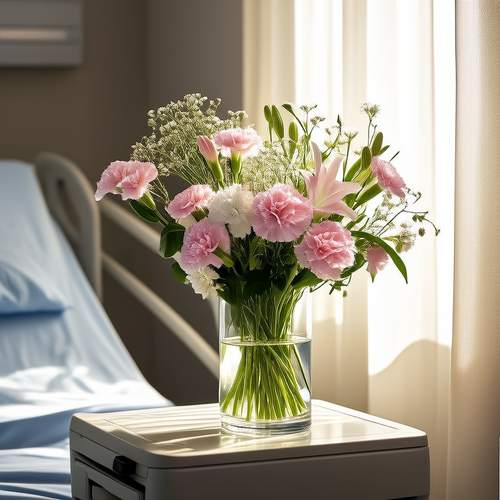
By /May 21, 2025
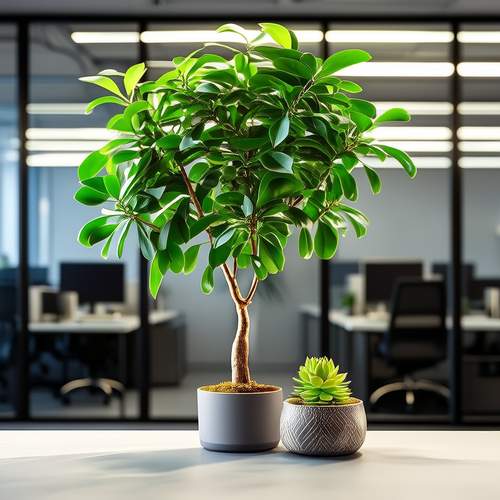
By /May 21, 2025
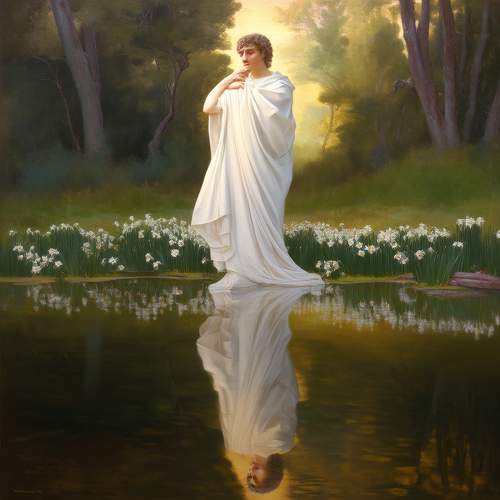
By /May 21, 2025